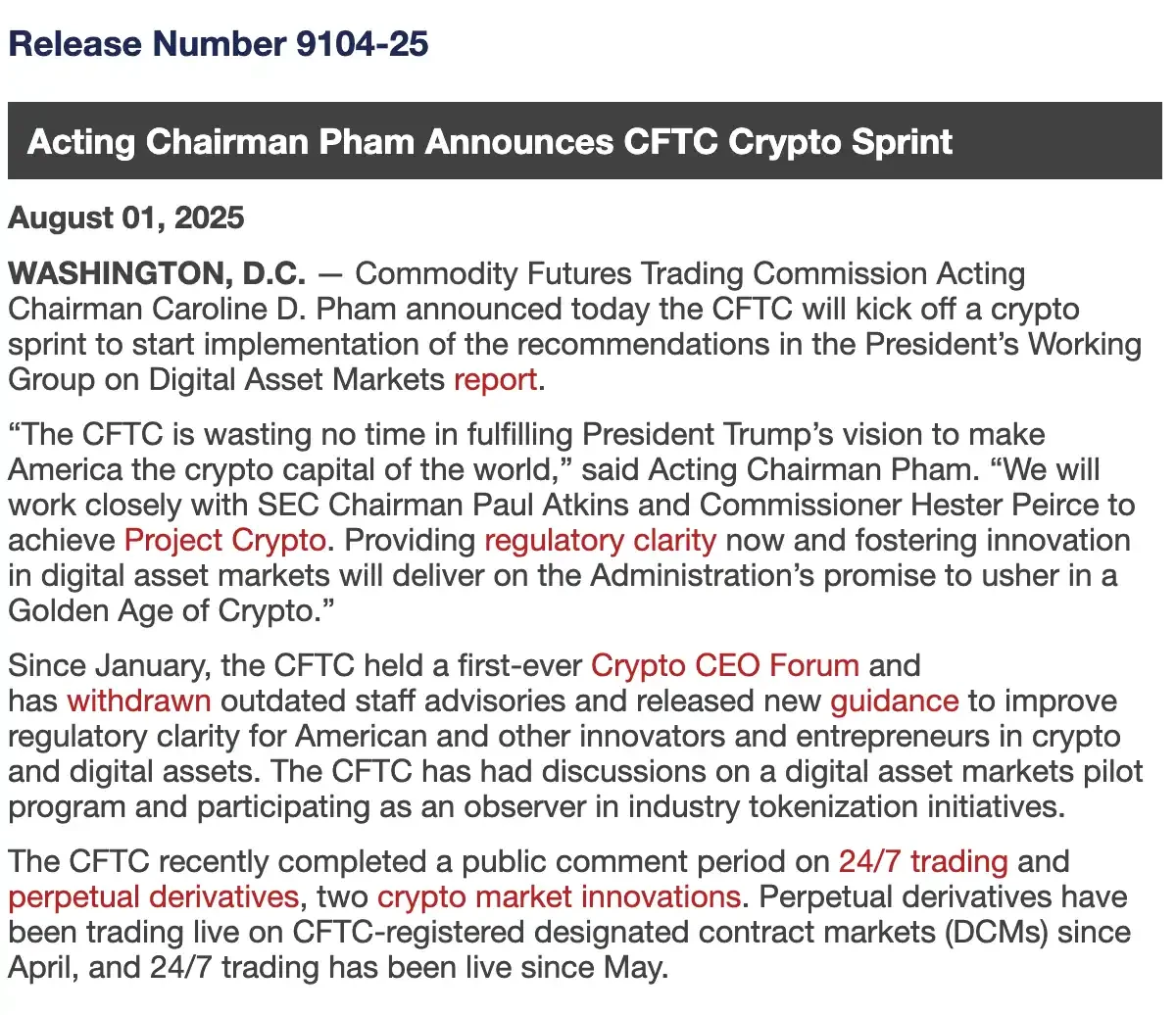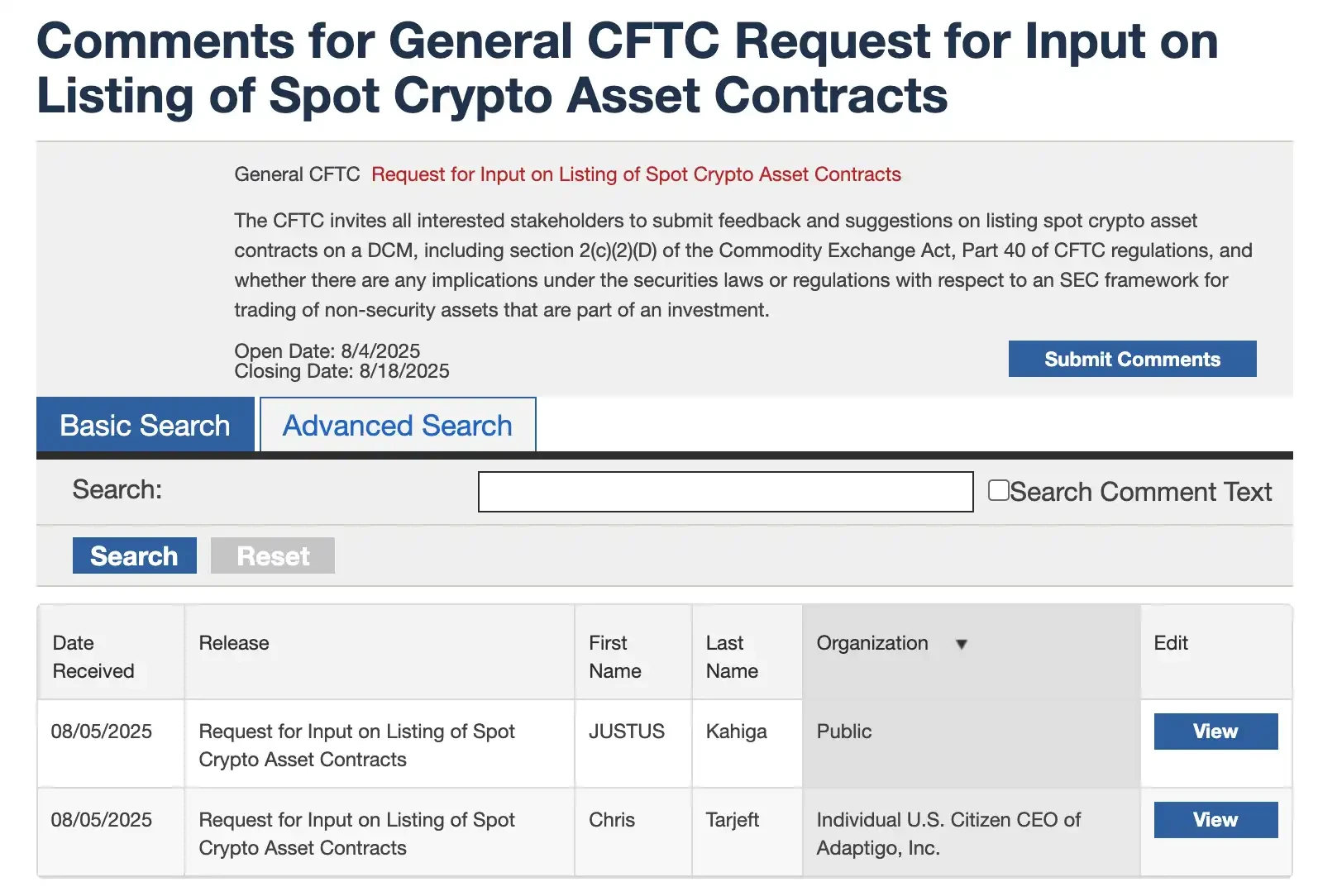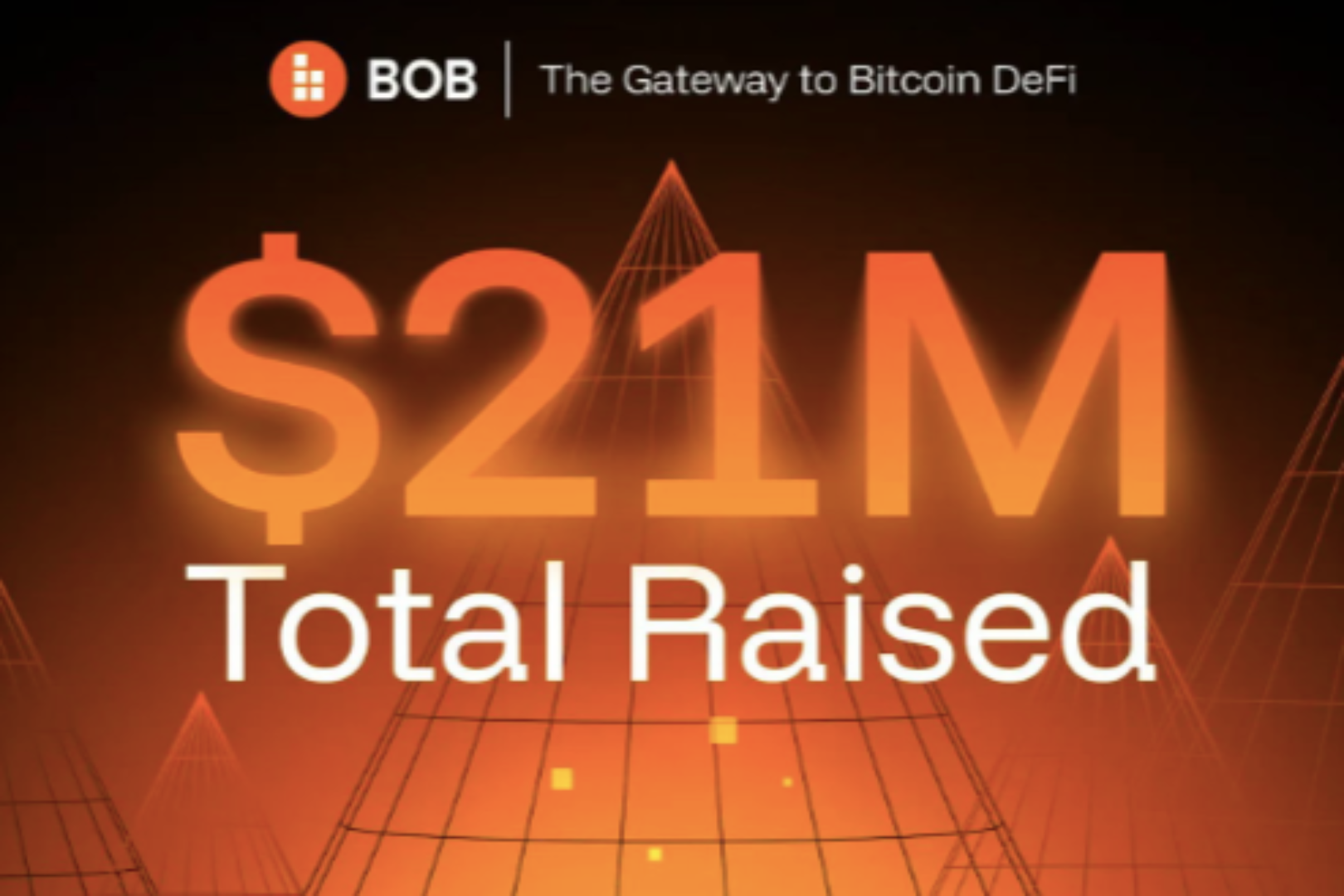
Driven by the Trump administration, the United States is accelerating the integration of crypto assets into the mainstream financial system. On August 1st, the Commodity Futures Trading Commission (CFTC) officially launched its "Crypto Sprint" regulatory initiative, and subsequently, on August 5th, proposed that spot crypto assets be included in compliant trading on CFTC-registered futures exchanges (DCMs). This move not only breaks the long-standing regulatory gray area of the spot market but also heralds a clear and feasible path to compliance for the Web 3 industry.

CFTC Acting Chair Caroline Pham publicly stated: "Under the strong leadership of President Trump, the CFTC is working hard to promote digital asset spot trading at the federal level and coordinate with the SEC's 'Crypto Initiative.'" This statement sends a strong signal: US regulation is shifting from "defensive suppression" to "institutional acceptance", providing unprecedented compliance opportunities for Web 3 infrastructure such as DeFi, stablecoins, and on-chain derivatives.
Legalization of spot contracts: the starting point for the institutionalization of the crypto market
For a long time, the US regulatory system has lacked unified oversight of spot cryptocurrency trading. Trading of crypto assets like BTC and ETH has largely been concentrated on overseas platforms or unlicensed domestic exchanges. This lack of oversight not only makes it difficult to protect investor rights but also keeps a large amount of institutional funds on the sidelines.
The CFTC's "Crypto Sprint" initiative aims to address this pain point. One of its core components is to promote the legal listing of spot contracts for non-security crypto assets on CFTC-registered futures exchanges (DCMs). By approving these platforms to conduct spot crypto trading, the CFTC provides the market with a compliant alternative to the long-standing reliance on unlicensed or offshore trading platforms—platforms that have gradually lost institutional trust following the FTX debacle (2021) and Binance's ongoing regulatory turmoil. This policy, therefore, represents a more legal, transparent, and fair entry point for institutional investors into the crypto asset market, clearing the way for them to invest in digital assets on a large scale.
According to the CFTC, Section 2(c)(2)(D) of the Commodity Exchange Act explicitly requires that all commodity transactions involving leverage, margin, or financing must be conducted through a registered DCM. This provision provides a solid legal foundation for the legal listing of crypto spot contracts and brings much-needed regulatory certainty to the market. Under this framework, we may see centralized exchanges like Coinbase or on-chain derivatives protocols like dYdX obtain regulatory approval through DCM registration.
This policy also opens a compliant channel for traditional financial institutions to enter the crypto asset market. The Chicago Mercantile Exchange (CME), representing DCM, already has complete infrastructure for BTC and ETH futures markets. Once spot contracts are approved and launched, they will provide institutional investors with a one-stop entry point for crypto asset trading, accelerating the entry of traditional capital.

SEC and CFTC join forces: Regulatory coordination brings certainty
Over the past few years, one of the biggest regulatory challenges in the US crypto market has been the overlapping and ambiguous responsibilities between the Securities and Exchange Commission (SEC) and the Commodity Futures Trading Commission (CFTC). Projects often have to contend with both SEC compliance pressure and the CFTC's commodity trading rules, resulting in a regulatory dilemma of "sandwiching" or "duplicated enforcement," which drains resources and increases uncertainty.
This "Crypto Sprint" clearly sends a signal for the first time: the CFTC will establish a close cooperation mechanism with the SEC to jointly clarify the legal attributes of crypto assets (securities or commodities), custody standards and trading compliance requirements, thereby providing market participants with a unified and predictable compliance path.
The "sprint" not only symbolizes an accelerated regulatory pace but also marks a shift in regulatory thinking—from passive defense to proactive collaboration. For Web 3 projects, this is no longer a simple "regulatory observation period," but an unprecedented window for institutional collaboration. The CFTC has publicly solicited market feedback on its proposal to list spot cryptoasset contracts on registered exchanges (DCMs), with the deadline set for August 18th. If participants submit their feedback promptly, it will not only help avoid future regulatory blind spots but also potentially influence the specific direction of the regulations.

Meanwhile, the SEC's "Project Crypto" is closely synergizing with the "Crypto Sprint," aiming to establish a unified federal regulatory framework, clarify the distinction between securities and commodities, and promote the development of "super apps" capable of trading multiple asset classes simultaneously. If this concept is implemented, future trading platforms will be able to legally offer a "one-stop shop" of crypto-related financial services, including stocks, Bitcoin, stablecoins, and staking services, all under a single license.
Related reading: " What Trump Wants to Do, Judging by the SEC's Project Crypto "
SEC Chairman Paul Atkins and Commissioner Hester Peirce have also publicly expressed their support, calling it a "historic turning point in promoting the on-chainization of the financial system" and stating that they will accelerate the formulation of specific rules in key areas such as stablecoin supervision, crypto asset custody, and compliant token issuance.
This dual-track regulatory framework is expected to end the chaotic situation in the United States over the years of "you say it is a security, I say it is a commodity" regarding crypto assets, and establish a clear and replicable compliance model for the world.
More importantly, this means that Web 3 projects can finally no longer "step on the landmine and violate the rules". Instead, through a clear registration process, compliant custody and audit system, they can truly integrate into the mainstream financial system and achieve the connection between on-chain assets and real finance.
Summarize
Over the past week, the U.S. government has sent unprecedentedly strong signals in the field of crypto assets: the White House officially released the "Digital Asset Strategy Report", the SEC launched the "Crypto Plan" (Project Crypto), the CFTC launched the "Crypto Sprint" (Crypto Sprint), and publicly solicited opinions to promote the compliance listing of spot contracts; at the same time, the White House made a rare statement prohibiting banks from discriminating against crypto companies - this is not just a "relaxation", but a complete policy shift.
Once upon a time, the SEC was the largest regulatory shadow over crypto projects. Now, we see it joining forces with the CFTC to establish a unified regulatory framework for Web 3. What is visible to the naked eye is a historic structural shift: from ambiguity to clarity, from suppression to support, and from a gray area to federal legislation.
This time, it’s not just regulators who are sprinting—it’s every Crypto Builder.





